Catania is situated in Sicily at the foot of the impressive Mount Etna, with a panoramic view of the sea. The city was founded by the Greeks in 729 BC and it has accumulated a rich cultural heritage through thousands of years of history. Almost entirely rebuilt in the 18th century following the devastating 1693 Sicily earthquake, Catania looks beautiful in its Sicilian Baroque style. Nearly 40 hectares of urban areas of Catania are included on the UNESCO World Heritage List, as are seven other Sicilian towns that were also rebuilt after the tragic earthquake. Catania city centre is easily walkable and I offer you to take a self-guided walking tour of the best spots of the city.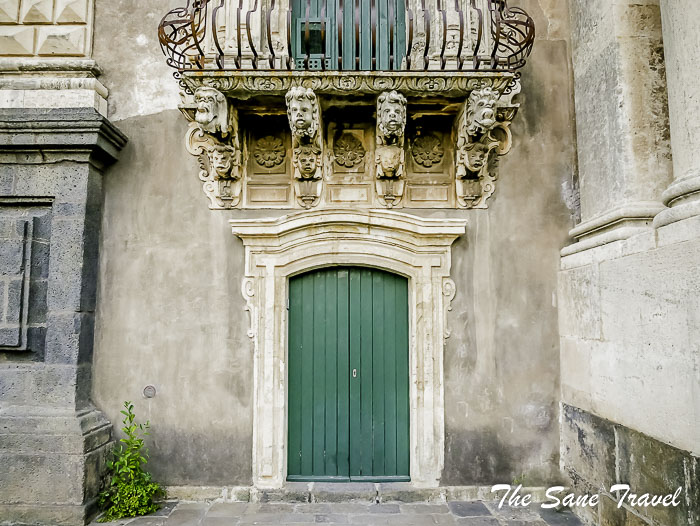
Let’s start with Cathedral Square. La Piazza del Duomo or Cathedral Square in Catania represents the heart of Etna city. A splendid circuit of Sicilian Baroque masterpieces characterises the scene in the Piazza del Duomo. Rebuilt on the site of the older medieval piazza in 1700, it is a major meeting point for locals and tourists.
Catania Cathedral
Built in the late 11th century, the magnificent Norman Cathedral is dedicated to the Patron Saint and protector of the city, St. Agatha. It was rebuilt several times following the natural disasters that have occurred over time, including significant earthquakes that on several occasions have razed to the ground most of the historic Etna town. Over the centuries, the Cathedral has been embellished with monoliths, statues and towers belonging to different cultures. Its present grandeur is mostly due to a renovation in the 18th century. 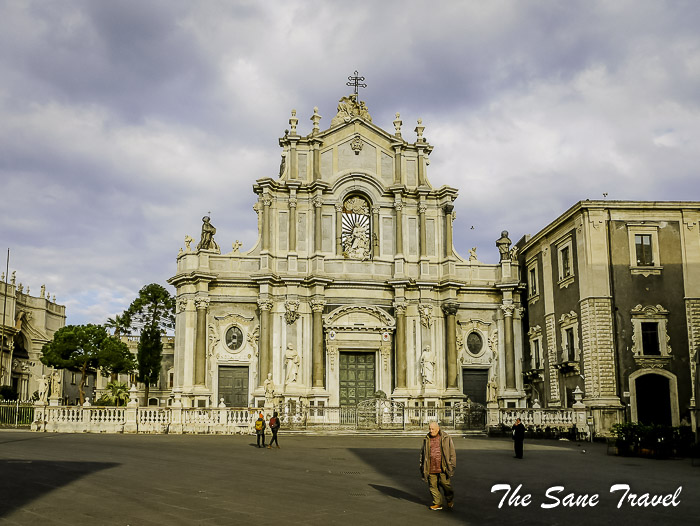 The treasury of St. Agatha comprising a collection of valuable artworks and jewels can be seen in the chapel dedicated to the Patron Saint. Since 1876, the remains of famous composer Bellini rest in the Cathedral of Catania.
The treasury of St. Agatha comprising a collection of valuable artworks and jewels can be seen in the chapel dedicated to the Patron Saint. Since 1876, the remains of famous composer Bellini rest in the Cathedral of Catania.
La Elephant Fountain
La Elephant Fountain, also known by the people of Catania as "Liotru”, is the symbol of the city of Catania, located in the centre of the Piazza del Duomo. It was made by the Palermo architect Giovanni Battista Vaccarini in the early 18th century. Above the fountain stands an elephant made of lava stone, with the trunk pointing towards the Cathedral. The ancient Egyptian obelisk on the elephant's back, decorated with ancient hieroglyphs, was brought to Catania from Egypt.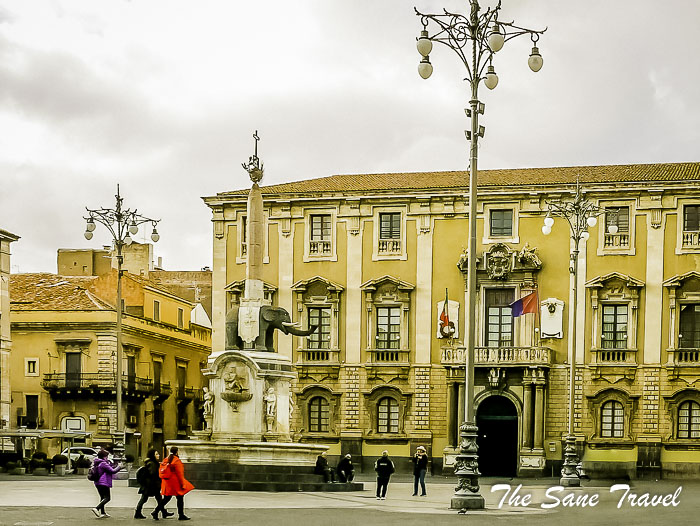
Catania Town Hall
Catania town hall is located in the Palace of the Elephants on the north side of the Duomo. After the last restoration, the building has been used as a town hall since 1953 and is still the seat of the Catania City Council. It is also hosting two eighteenth-century carriages, one of which is used every year on the 3rd of February in the festivities in honour of St. Agatha.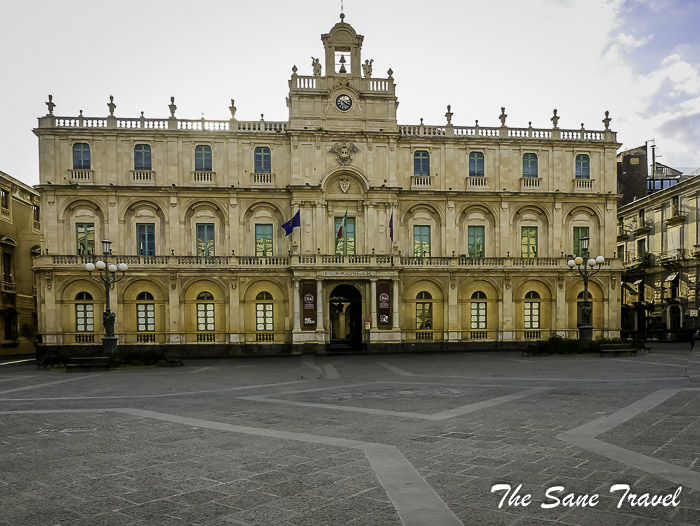
Amenano Fountain
La Amenano Fountain was made of Carrara marble in the late 19th century and takes its name from a river that flows about two metres below the square.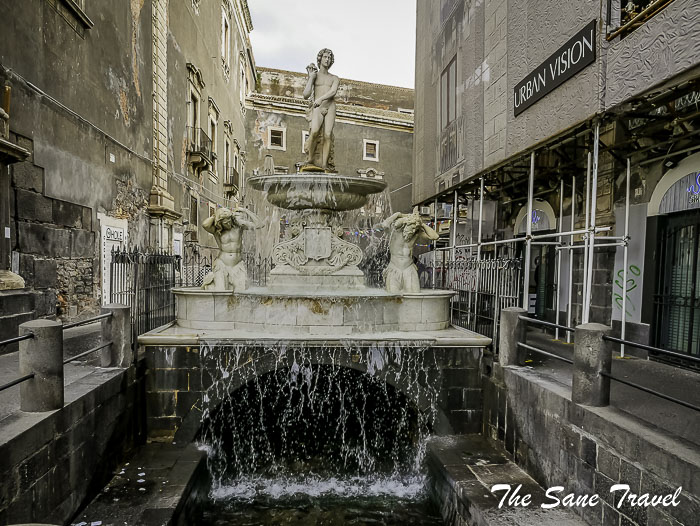
The Palazzo dei Chierici
It is located on the south side of Piazza Duomo; some people believe that the original palace was built in the 16th century. The palace was rebuilt in the first decades of the 18th century after the earthquake. The architecture incorporates the typical contrast between the dark plaster and white stone cornice. Today, the palace houses the Diocesan Museum and the municipal financial offices.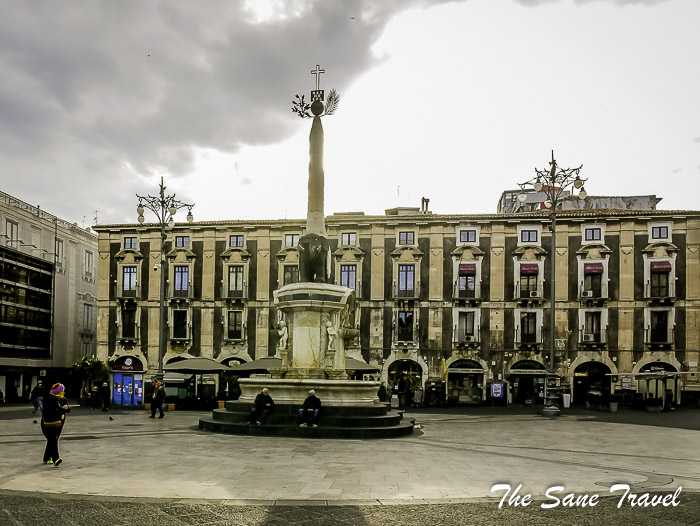
San Placido Church
The church of San Placido dates back to the early 15th century. It was razed to the ground by the catastrophic earthquake in 1693. The new church was built afterwards and was consecrated in the early 18th century.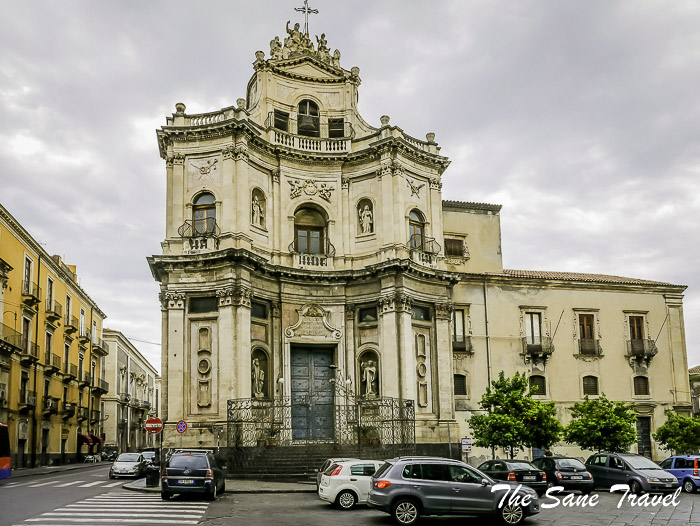
Address: Piazza S. Placido
Afterwards, take a small detour and find Via Bonajuto which is known for The Bonajuto Chapel.
The Bonajuto Chapel
The Bonajuto or Salvaterello Chapel is a Byzantine religious building built between the 6th and 9th centuries AD. One of the few surviving buildings of the Byzantine era in Catania, the chapel is located inside the Baroque Bonajuto Palace. It has a Greek cross, dome and three apses in a shape similar to the Byzantine cube found in various places in Sicily. Today, it is located about 2 metres underground from the street level. The building survived various earthquakes that hit the city. If you are not as lucky as I was and find the chapel closed, you still can enjoy awesome street art made by a poor artist paying for his accommodation this way.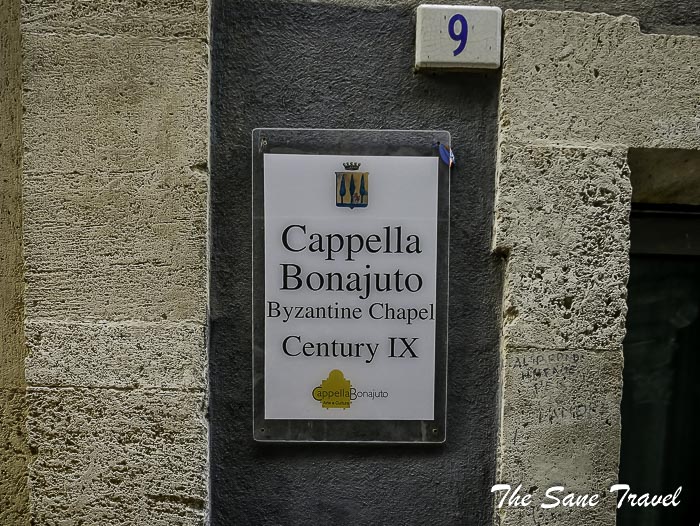
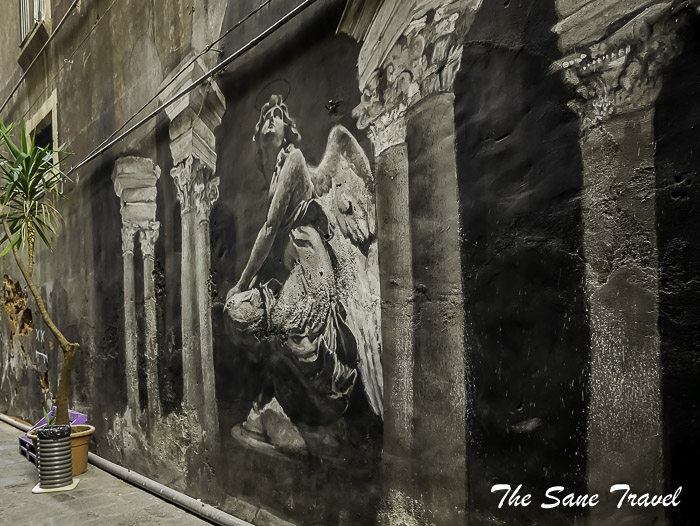
Address: Via Bonajuto, 11
After visiting Via Bonajuto, head to the Teatro Massimo Bellini. Before you go, it is worth learning a few facts about the famous composer. Born in 1801, the composer Bellini became well-known for his expansive melodies that served as an inspiration for many Italian composers thereafter. Bellini spent his first 18 years in Catania. At the age of 19, he left Catania for Naples, where he studied at the Conservatory. He died at the age of thirty-three in Paris.
The Teatro Massimo Bellini
Inaugurated in 1890 with a performance of Bellini’s most famous opera “Norma”, the Teatro Massimo Bellini is one of the most beautiful and important gems of this city thanks to its architectural beauty. The theatre has a wonderful neo-baroque façade and the best acoustics in the world, according to many important artists who performed there. One of the artists who praised acoustics was the best lyric singer in the world, Maria Callas. Many other important musicians of the 20th century appeared on this stage, like Luciano Pavarotti, Riccardo Muti, and Renata Scotto. The theatre is one of the venues for the annual Bellini Festival, which runs for several weeks between late September and early November. Guided tours of the beautiful theatre are available.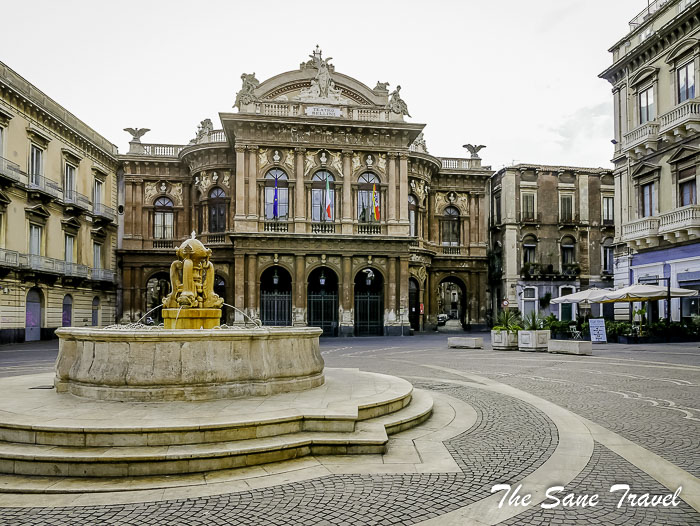 Address: Via Giuseppe Perrotta, 12
Address: Via Giuseppe Perrotta, 12
Then make your way to the monument of Vincenzo Bellini.
The Monument of Vincenzo Bellini
The monument was unveiled in 1882. It is made of white marble. The seven steps symbolise the seven notes; four figures on the steps are from the operas “Norma”, “I puritani”, “La sonnambula”, and “Il pirata”.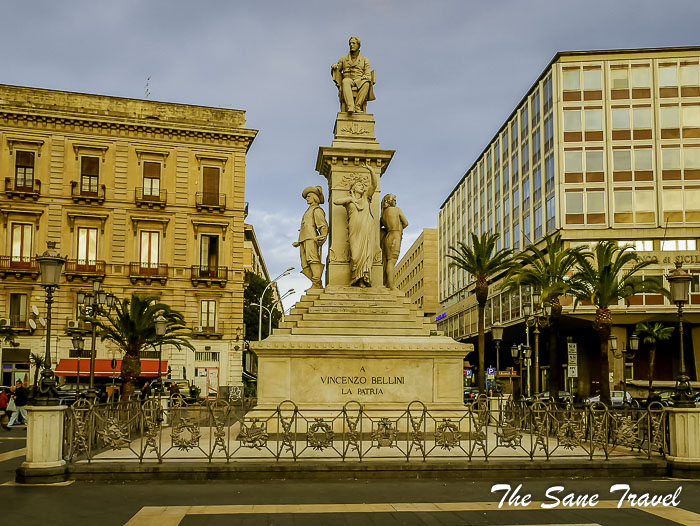
Then continue your tour on Via Etnea, the main artery of the city, loved by both locals and tourists. The street is known for numerous sites of historical and cultural interest as well as restaurants, shops, and places of the local nightlife. It is also where the Church of Minorites is located.
The Church of Minorites
Built in the late 18th century, the church follows the pattern of the basilica with three naves divided by pillars. The façade is of white limestone and creates a magnificent contrast with the black colour of the street and pavement. The church boasts a double staircase with 13 marble steps and two holy water springs positioned on marble tables. The springs are exceptional works because of their technical skill and the harmony of composition. Notice several impressive artworks including an altarpiece dating back to the late 14th century, a l’Arcangelo Michele figure covered by an embossed silver plate, a marble Crocifisso from the late 18th century, and an Annunciazione by the 17th century Flemish painter Guglielmo Borremans.
Address: Via Etnea, 85 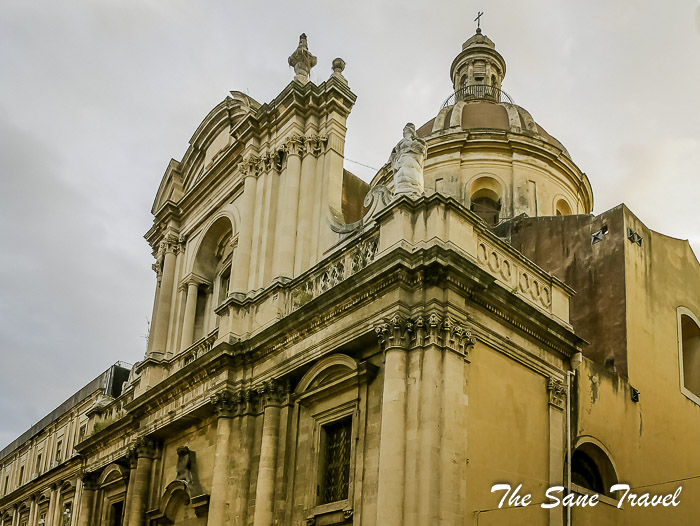
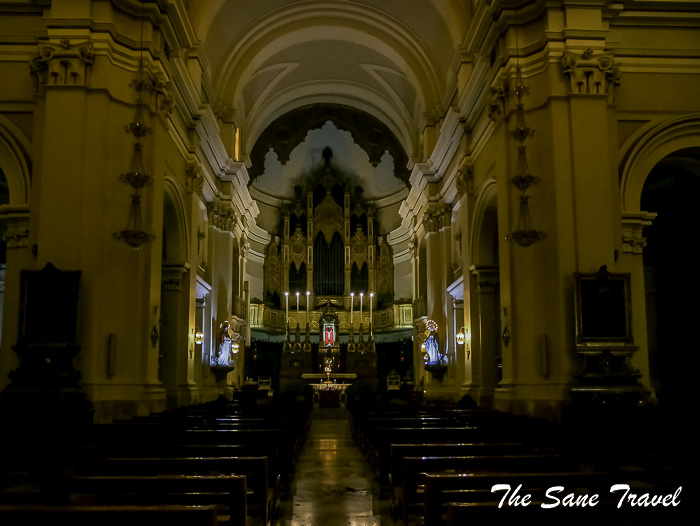
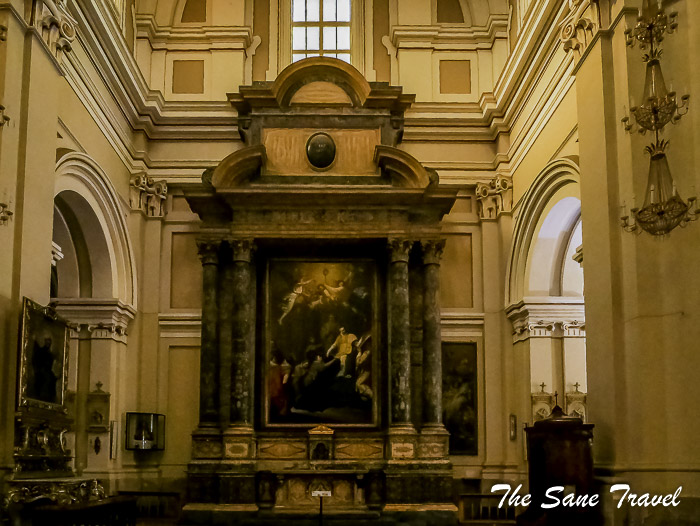
The Monastery of San Nicolò l’Arena
The Monastery of San Nicolò l’Arena is a late baroque monument and one of the biggest Benedictine monasteries in Europe. The construction of the building started in 1500. The building now hosts the Department of Humanities of Catania University. Earlier, it was used as a military barrack, a school, and an observatory. The Monastery of San Nicolo l'Arena incorporates various architectural styles, although most parts are made in the late baroque style.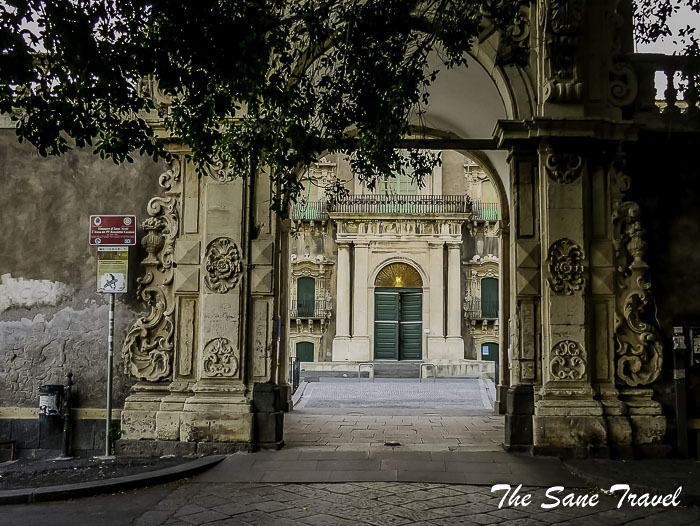 First, you cross the impressive courtyard, surrounded by stunning baroque buildings. A monumental staircase is the first thing you see as you enter the main building. This staircase is a luxurious combination of marble floors, Corinthian columns, and baroque style bas-reliefs and paintings.
First, you cross the impressive courtyard, surrounded by stunning baroque buildings. A monumental staircase is the first thing you see as you enter the main building. This staircase is a luxurious combination of marble floors, Corinthian columns, and baroque style bas-reliefs and paintings.  The corridors lead you to the two cloisters at the centre of the complex.
The corridors lead you to the two cloisters at the centre of the complex. 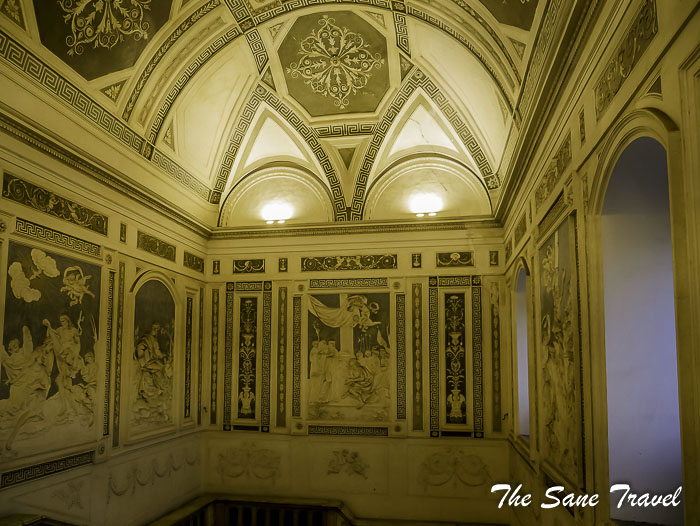
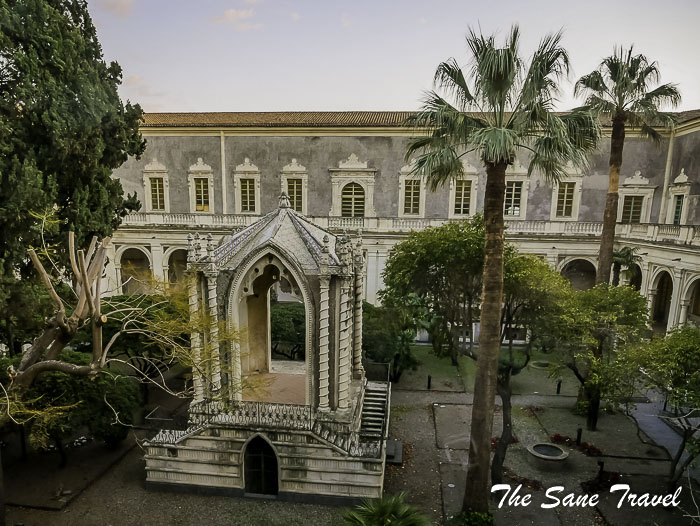 It is possible to visit many parts of the monastic complex free of charge and without a guide. Alternatively, you can pay a few euros and have a guided tour and have access to several areas that remain closed to casual visitors. If you need the guide in English, book in advance.
It is possible to visit many parts of the monastic complex free of charge and without a guide. Alternatively, you can pay a few euros and have a guided tour and have access to several areas that remain closed to casual visitors. If you need the guide in English, book in advance.
Address: Piazza Dante Alighieri, 32
The archaeological area
The prehistoric archaeological area in the centre of Catania includes a well preserved theatre, an Odeon, and a small museum. The first remarkable thing you will notice about the ancient theatre is that it is well hidden! You could easily walk along Via Vittorio Emanuele II just a few metres from the site without even noticing it. The refined and elegant theatre was designed to accommodate up to 7,000 spectators. It was abandoned in the 6th century AD. During the medieval period, houses in Catania were built on and around the theatre. From the 18th century onwards, these houses have been removed, reconstruction has taken place, and the theatre now looks almost as it was in the 2nd century AD. The Odeon is a round building behind the theatre with 1,500 seats. 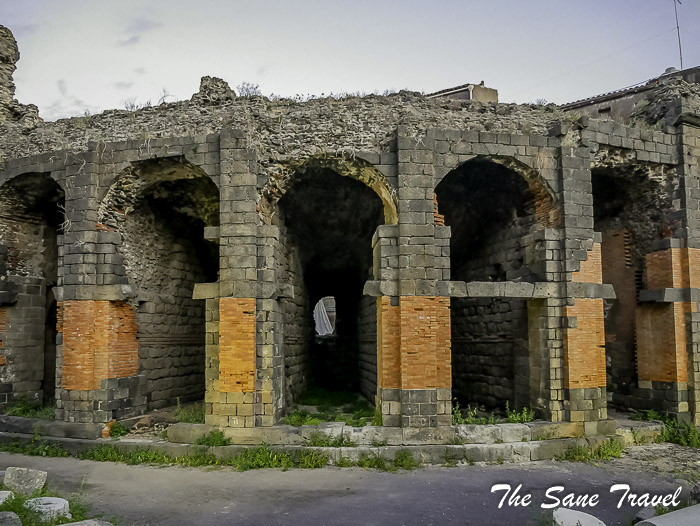 This building would have been used for small scale events.
This building would have been used for small scale events.
Ursino Castle
The castle was built in the early 13th century in a strategic place: a promontory overlooking the sea. It served not only as a part of a coastal defence system but also as a symbol of royal Swabian power. Being one of the main state-owned castles, Ursino Castle was often the official residence of the rulers of Sicily and their courts between the end of the 14th and early 15th century. The lava flow from Etna in 1669 altered the coastline leading to the loss of the strategic position of the fortress. The military role of Ursino Castle was weakened by the introduction of gunpowder and it began to be used as a prison. In the 1930s, the castle was restored and turned into a museum. 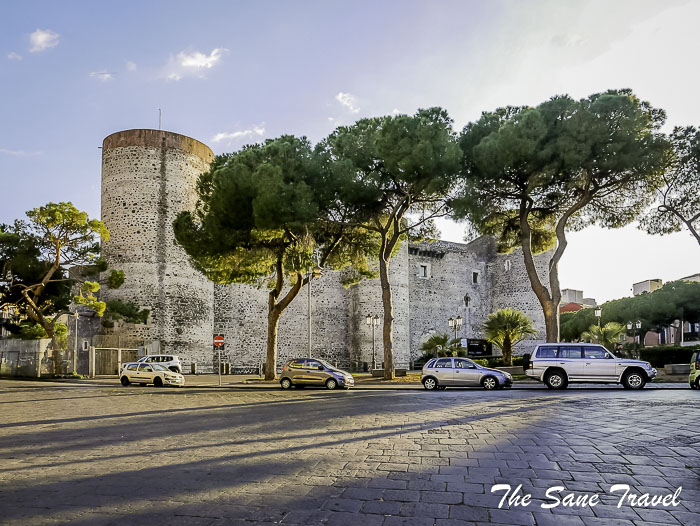
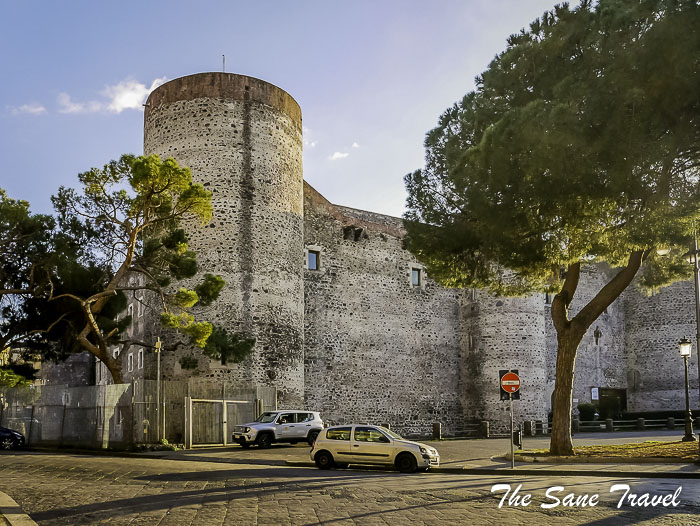
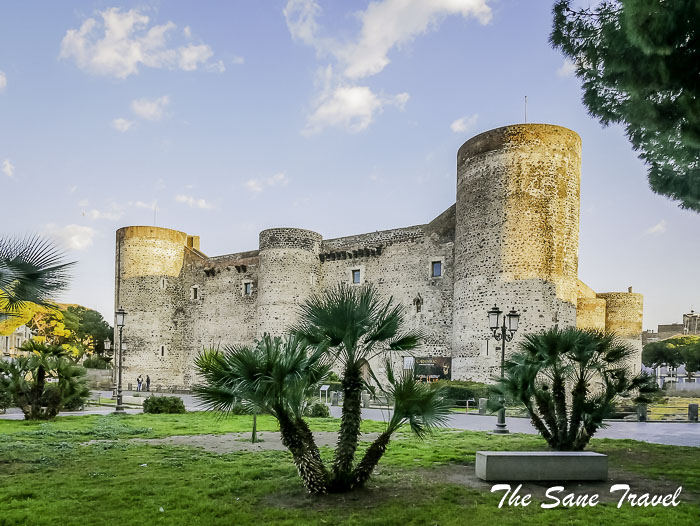 Visitors can admire the interesting civic collections, including the archaeological section and art gallery, and important exhibitions of contemporary art.
Visitors can admire the interesting civic collections, including the archaeological section and art gallery, and important exhibitions of contemporary art.
Address: Piazza Federico di Svevia
Now you can go back to your tour starting point Cathedral Square.
Practical information
The total length of the walking tour is only 3.7 kilometres. Your real time for that will depend on your pace and time spent at extra stops. It might take a whole day or just a few hours.
Like it? Pin it!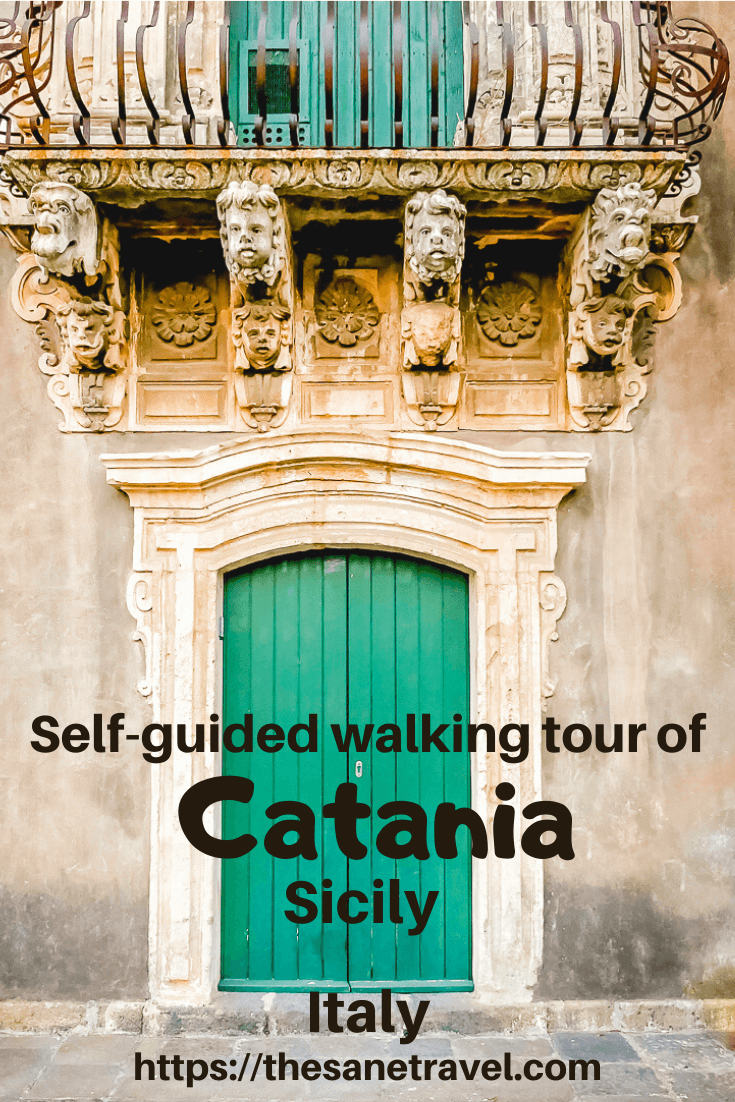 What did you think? Have you visited Catania in Italy? I’d love to hear from you so please add your comments below.
What did you think? Have you visited Catania in Italy? I’d love to hear from you so please add your comments below.
Author: Anita Sāne

About the author
Anita is a part-time traveller, passionate photographer and a retired career woman from Latvia, travelling mostly solo for more than 15 years. She is a skilled travel planner who plans and executes her travels by herself. Anita wants to show you how to travel the world and open your mind to new experiences. Follow her on Facebook, Instagram, Pinterest, Twitter and Bloglovin.

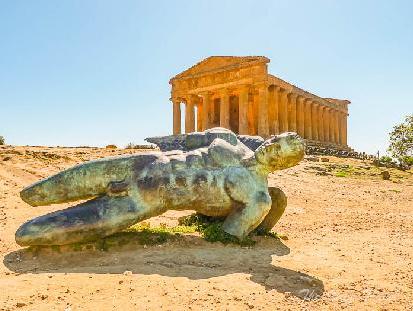
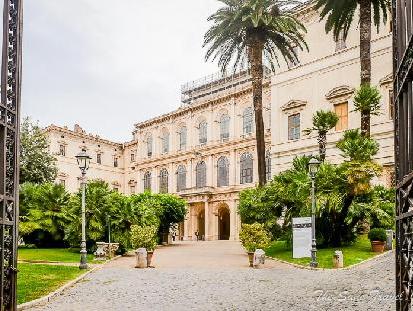
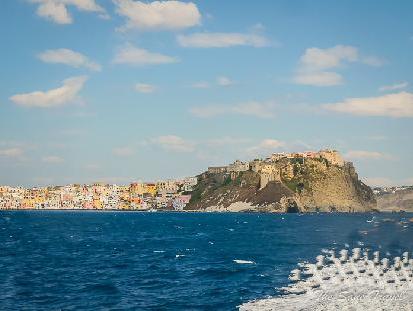
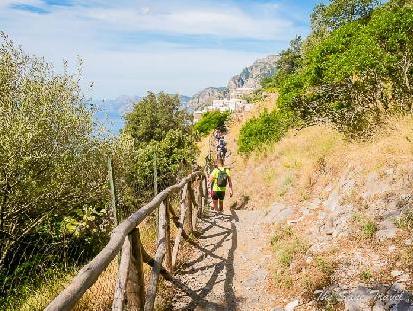
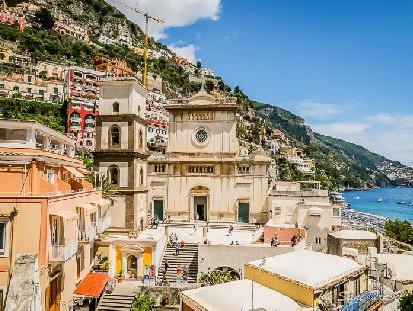
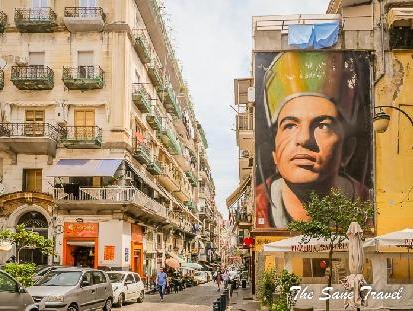
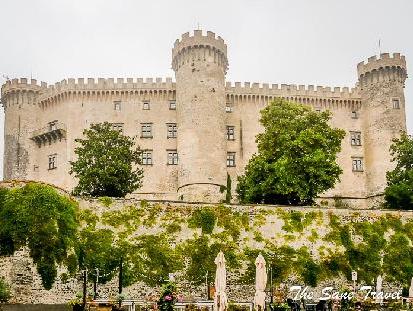
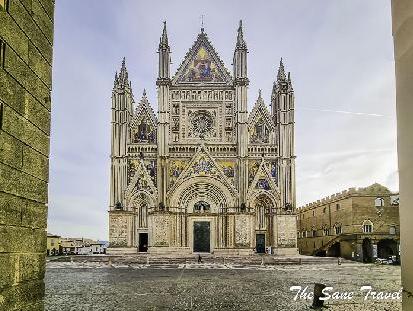
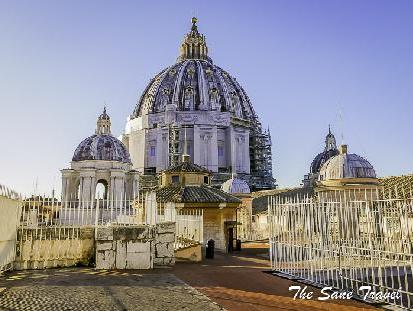
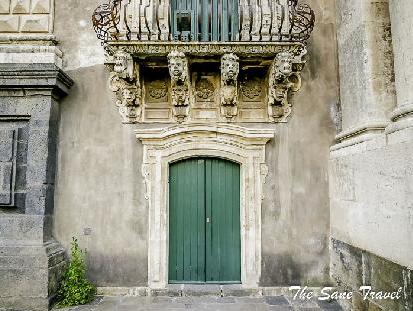
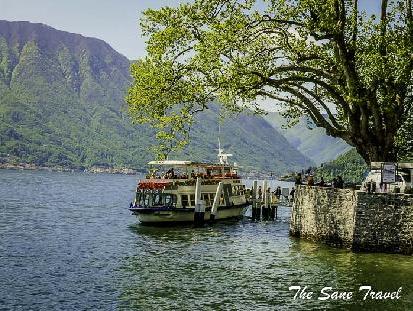
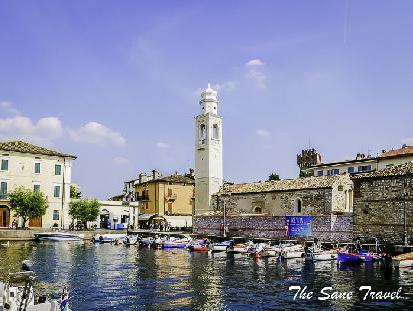
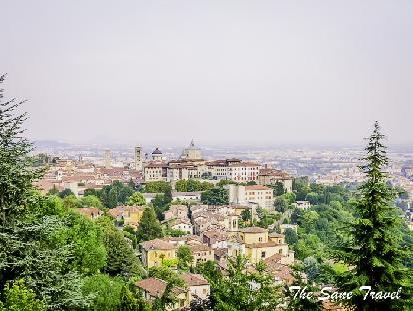
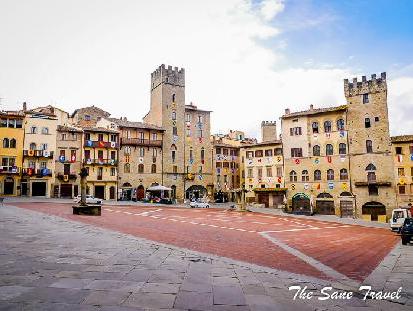
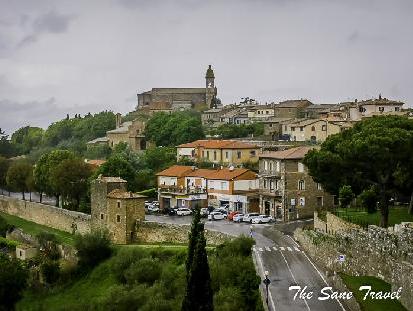
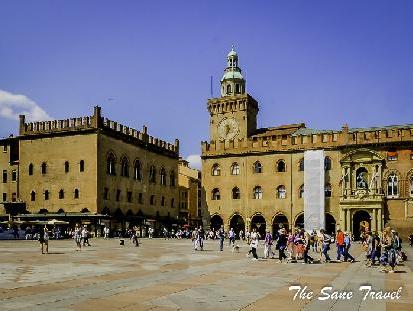
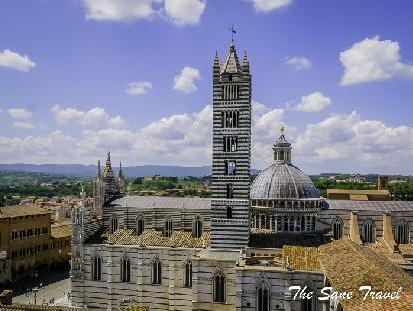
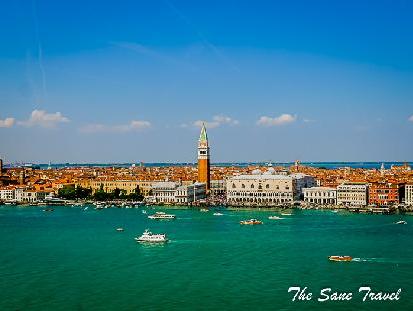
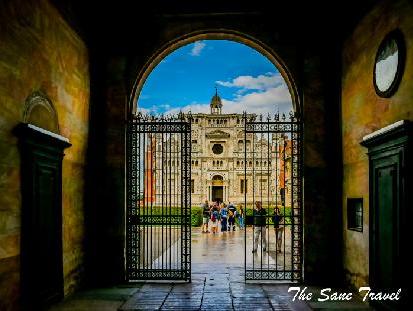
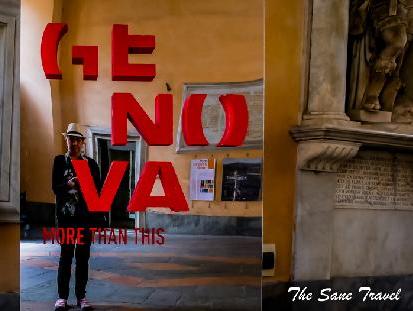
Report
My comments